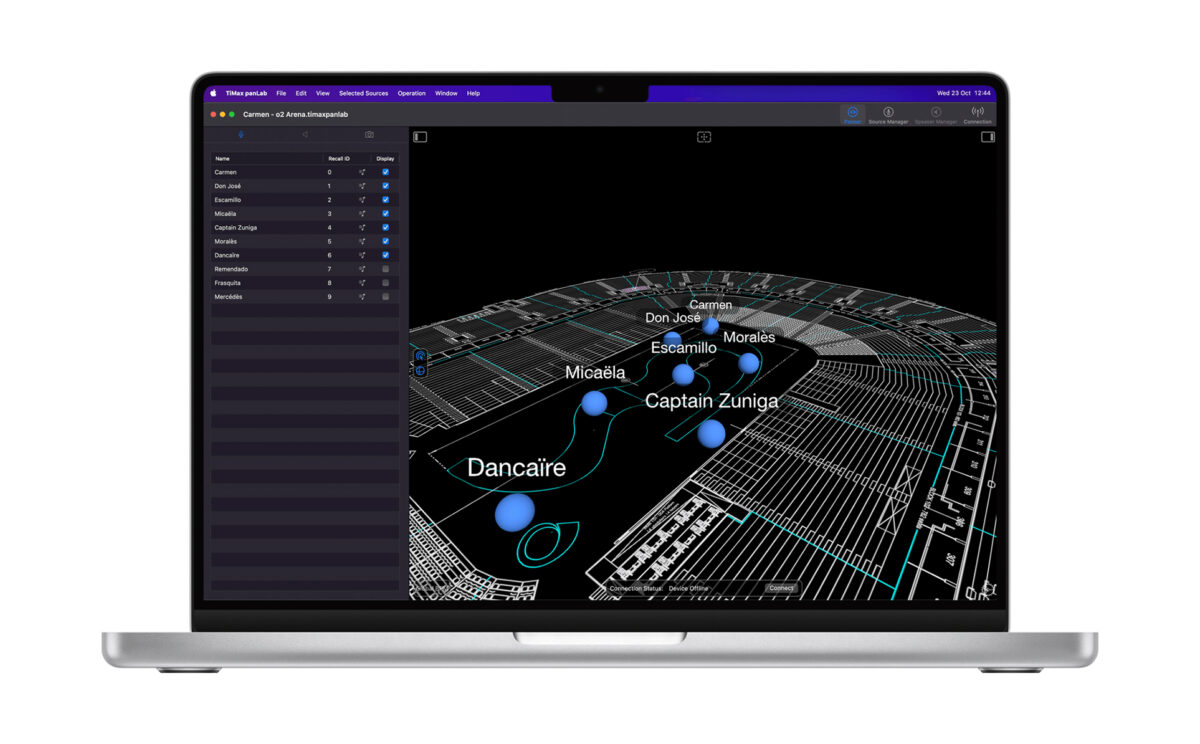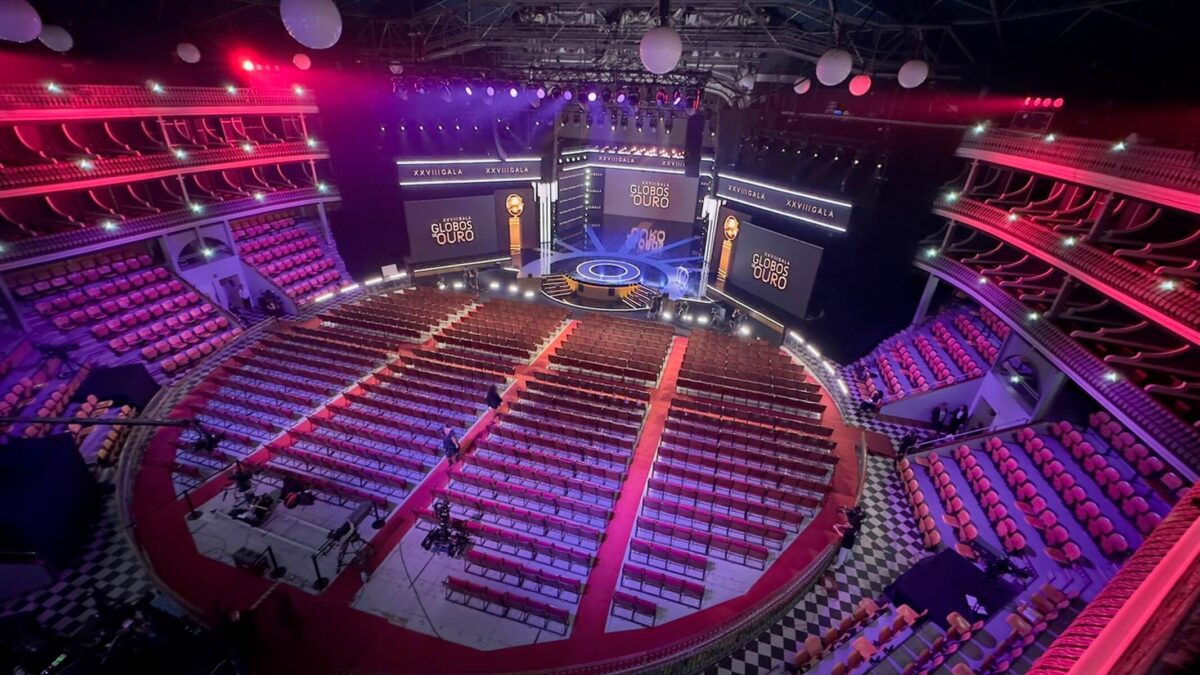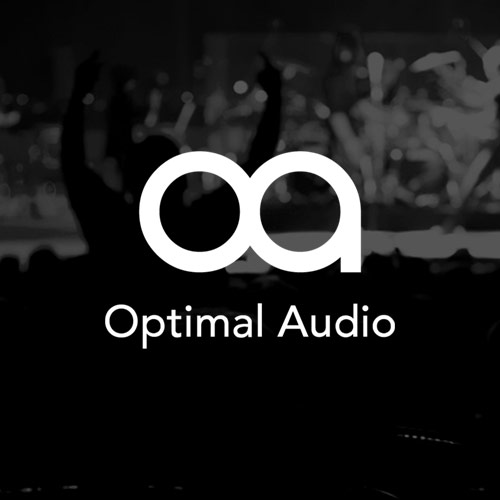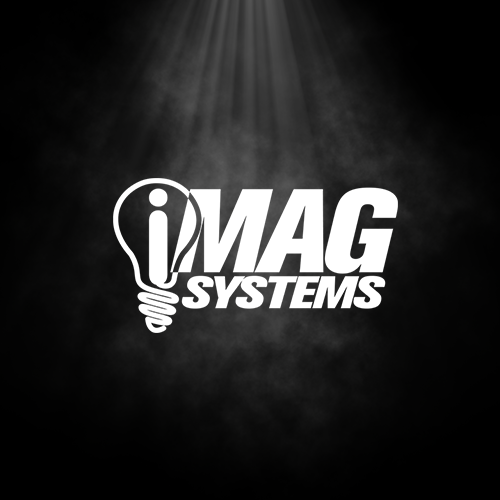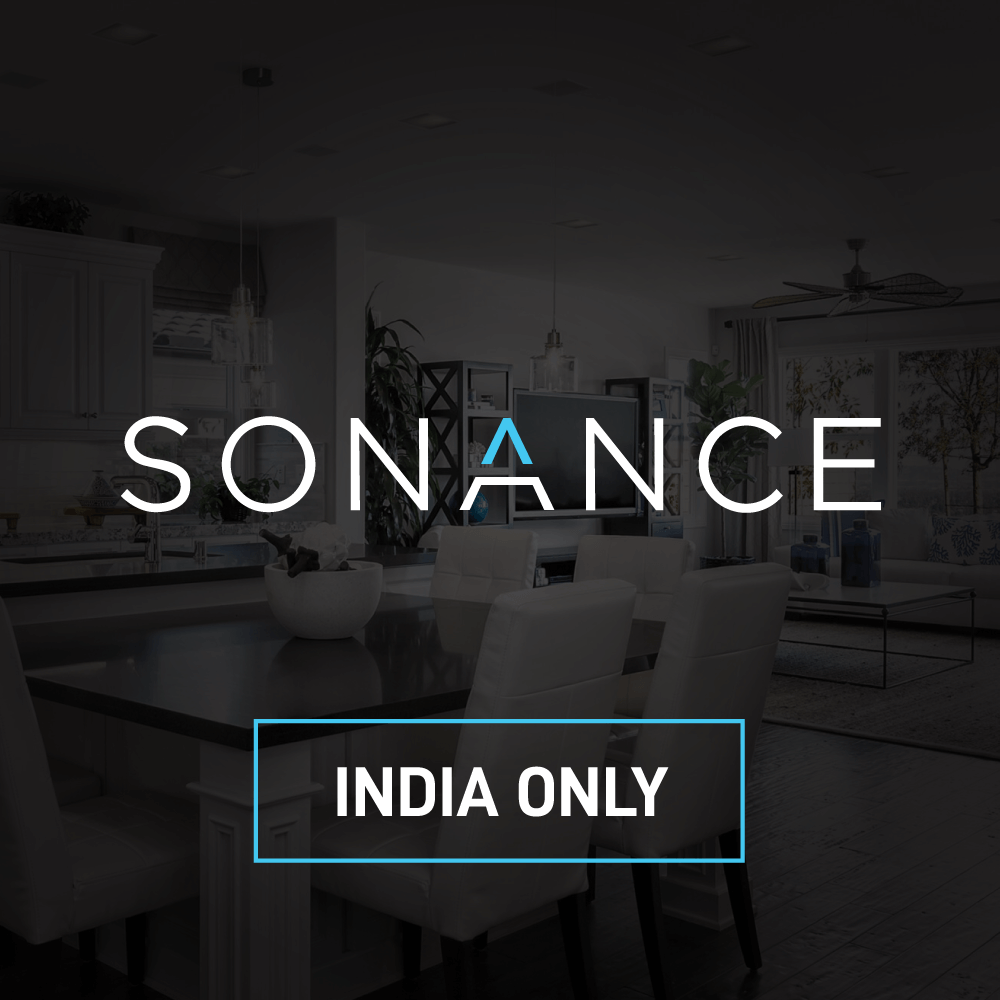TiMax – the innovative pioneer of spatial audio technology – has announced the launch of TiMax panLab. Continuing its mission to democratise access to spatial audio, the new macOS application packs a vastly augmented feature set to enable users to take spatialised audio designs further in both entry-level and large-scale systems.
TiMax panLab is the first major product release since both TiMax and panLab joined the Focusrite stable, marking the first step in an exciting roadmap of product updates. At launch, TiMax panLab adds 3D rendering capabilities to QLab, alongside a wide range of mixing consoles and system processors and now for the first time, TiMax SoundHub.
The clever simplicity of the 3D user interface in TiMax panLab provides a powerful tool for creators to intuitively craft multi-dimensional audio soundscapes. The finely-honed UX design of the original panLab spatial programming platform skilfully developed by the recently acquired Innovate Audio, has impacted with two decades of spatialisation and showcontrol experience directly from TiMax, leading afficionados of immersive audio
With TiMax panLab there are no barriers. The simple and intuitive drag and drop interface allows users to visualise and manipulate audio in a 3D space. The process of positioning elements such as speakers and sources on to the 3D visual interface empowers users to quickly and simply set up complex 3D spatial audio environments. Users are up and running in minutes.
With simplicity and ease of use a defining characteristic of the application, new and existing users will feel immediately at home in TiMax panLab. Once inside the application, users will discover access to both the original panLab functionality to work directly with QLab, panLab Console to interface with mixing consoles, plus all-new access to enhanced spatial pan programming and live Cue management for shows and systems mapped and rendered in the TiMax SoundHub spatial processor.
TiMax panLab’s unique 3D user interface sets it apart from all other spatial audio control packages and it can also be programmed in offline mode without connection to a QLab workspace. With sources and speakers placed within the 3D space, users can take advantage of the bespoke 3D amplitude-based panning algorithm to manipulate object positions not only on the x- and y- axes but also on the height axis.
Sequence paths can be drawn directly in to the 3D space where either individual nodes or the complex path can be then moved and changed – and now also looped. When sequences are played back in QLab the movement automation is displayed in the panLab.
TiMax panLab features new levels of control over actions and output. Sequences benefit from the addition of tempo mapping. The new software offers a tap tempo function and the ability to specify the number of bars each sequence should play across. Multi-selection is also available all across the user interface, adding speed and accuracy to object updates whether for positioning or object level control.
Significant performance improvements have been included in the new TiMax panLab. The software is built upon a new animation engine to allow for further functionality in future updates and offer an augmented experience for panLab Console users. An additional focus on optimisation for older Intel Macs has assured greater access of TiMax panLab to a wider range of users.
With so much to discover and investigate, users will be keen to know that each download of the new TiMax panLab comes with a free seven-day trial of the Ultimate licence, enabling users to connect to QLab, any supported mixer or processor, as well as any TiMax SoundHub.
To start your journey today, head to the TiMax Spatial website to download the software now. There are multiple license options depending on your requirements and working offline is always free.
More Information: https://
Click here for original article.

